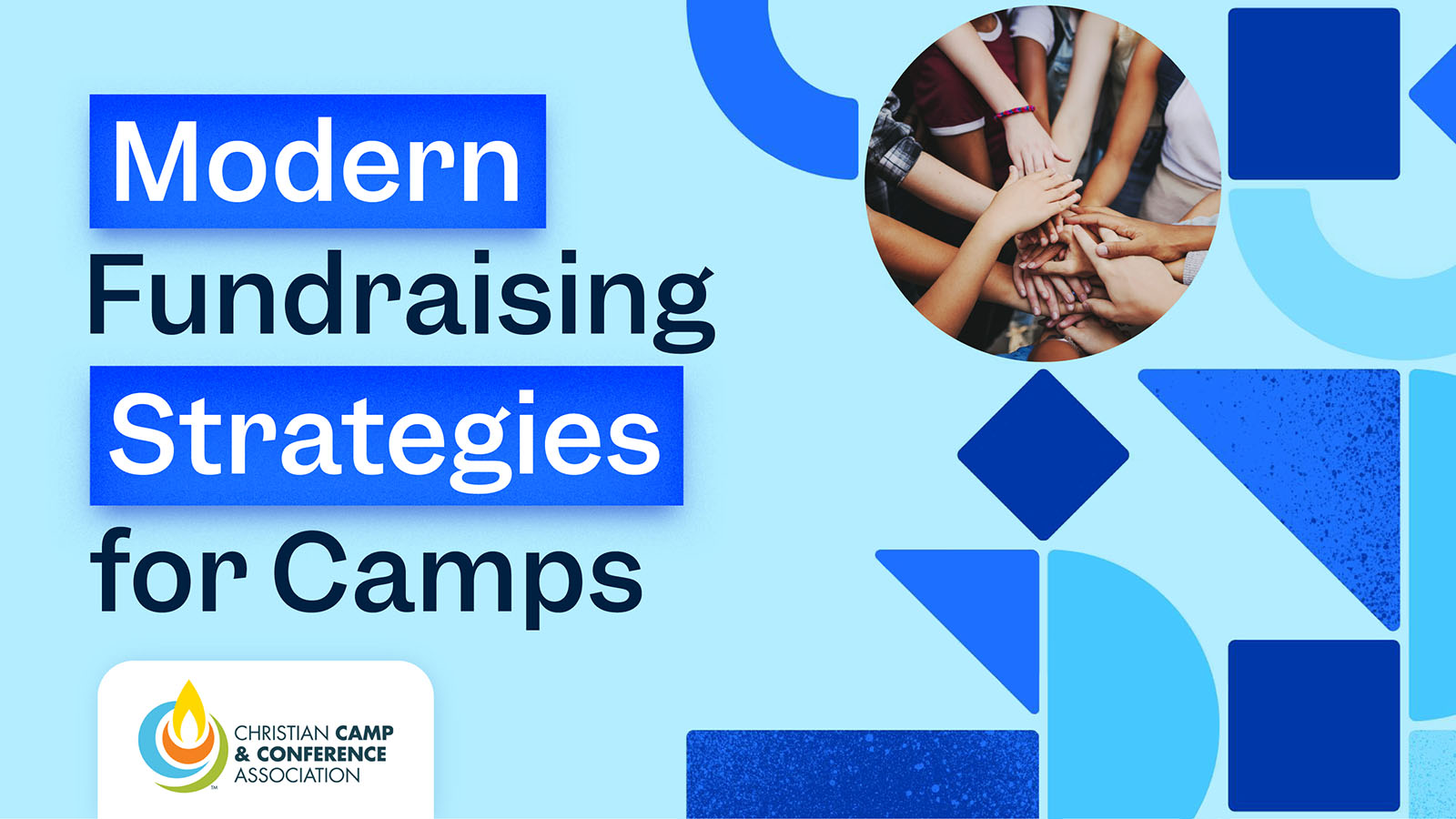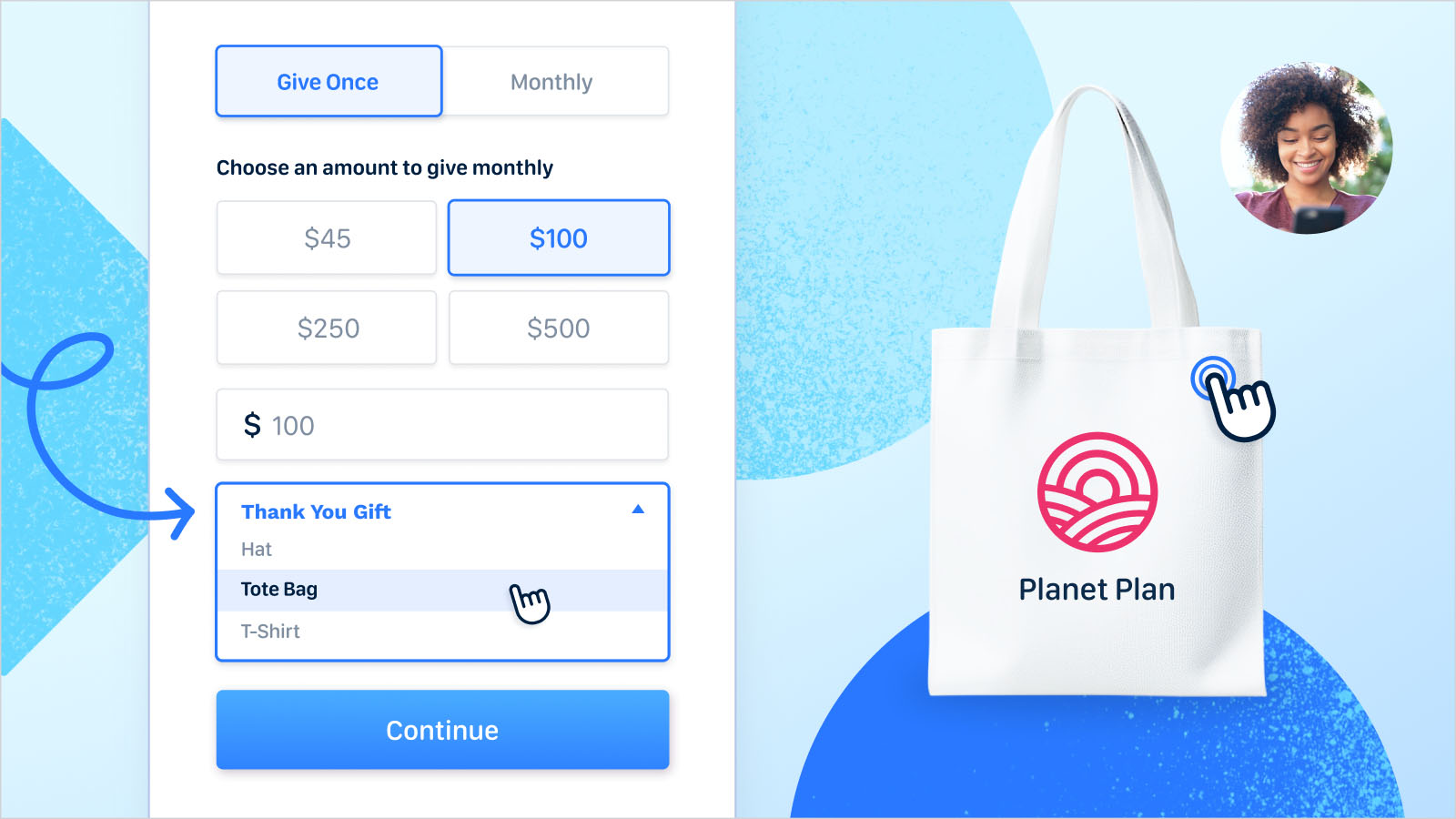Matching gift programs are a fantastic form of corporate philanthropy! Companies match the money their employees donate to eligible nonprofit causes, not only doubling existing donations with corporate funding, but also increasing individual donors’ likelihood to give—and to give more.
The process typically works like this: 1) A donor makes a single gift to a nonprofit. 2) Soon after submitting their donation, the donor is encouraged to research their eligibility for a corporate match through their employer. 3) If applicable, the donor completes a match request form from their employer. 4) The employing company confirms the initial donation made with the nonprofit. 5) The company makes their matching gift. 6) The nonprofit celebrates a doubled donation!
But what happens when an awesome donor signs up to be a recurring donor?
It's a good thing we've got answers! ;)
For example, how many recurring gifts are eligible for corporate matches? Should donors request their employer match after their first gift is submitted? Can recurring gifts be lumped together, or should matches be requested separately each month? How do recurring donations impact matching gift size thresholds?
In this guide, we’ll share some of our fundraising and matching gift expertise to help prepare your team for effective recurring donation gift-matching practices! Here’s what you’ll need to know:
- Recurring gifts may be aggregated for a larger match.
- Batches can add up to meet a company’s minimum thresholds.
- Last-minute EOY match reminders tend to be verrrrry effective.
When it comes to maximizing fundraising revenue, recurring donors tend to be some of a nonprofit’s most valuable assets. And doubling their donations can make these contributions go twice as far!
Ready to find out how? Let’s get started.
1. Recurring gifts may be aggregated for a larger match.
What would result in a larger corporate gift for your nonprofit: one donation being matched on a single occasion or 12 donations being matched at once? Of course, the twelve.
To illustrate this idea, imagine you have a recurring donor named Nushi.
Nushi makes a $25 donation on the first of each month, which totals $300 by the end of their first year. Nushi submits a match request with their employer after the first monthly donation and never goes back to secure a second corporate match. As a result, the total contributed by Nushi's company would be $25 (assuming a 1:1 match ratio—more on that below).
On the other hand, consider if Nushi had waited until the end of the year to request their corporate match. At that point, Nushi would have given $300 to your nonprofit, which their employer would match in its entirety! Following this strategy, Nushi's gifts would ultimately bring $600 of value to your organization.
Finally, a third scenario could occur if Nushi decides to request a match from their employer after every gift they submit to your organization. While this is certainly possible, it might be less efficient for valued donor Nushi than batching a year’s worth of gifts together into a single submission.
2. Batches can add up to meet a company’s minimum thresholds.
Types of qualifying nonprofits (for example, all 501(c)(3) organizations, educational institutions only, any nonprofit excluding houses of worship, etc.)
- Types of qualifying employees (i.e., full-time, part-time, retired, employees’ spouses)
- Match ratio (most commonly 1:1, though may be lower at .5:1 or higher at 2:1 or 3:1)
- Donation minimums and maximums matched (typically between $35 and $3,700)
In the case of recurring gifts, it’s the minimum and maximum donation sizes that can really come into play.
Let’s get back to your donor Nushi from the previous scenario for a minute. Nushi makes a monthly gift of $25, but their employer’s minimum donation size that they’ll match is $50. Where Nushi otherwise might have been simply ineligible for a company match, the fact that they're a recurring giver saves the day. Once they add up the total of their contributions throughout the year, Nushi's gifts do, in fact, reach their employer’s minimum threshold! Thus, Nushi's able to direct a matching gift to your organization.
3. Last-minute year-end match reminders tend to be very effective.
If you’re not convinced, take a look at these powerful statistics:
- 30% of total nonprofit giving happens in December, with about 10% of all donations coming in the final three days of the year.
- Simply highlighting matching gifts in fundraising appeals typically results in a 71% increase in donation response rate.
- 84% of fundraising survey participants indicated that they’d be more likely to donate if a match is offered.
- 1 in 3 donors stated that they’d make a larger donation if a match is being offered, leading to a 51% increase in the average donation amount.
- Sending multiple matching gift reminders increases matches submitted by 48%.
The year-end fundraising season is critical for nonprofits and other fundraising groups, and this is a quick and easy way to significantly increase revenue without having to ask existing donors to reach back into their own wallets. Plus, it makes a ton of sense for recurring givers in particular, who are able to batch and request matches for their twelve previous gifts at once!
Donors love partaking in matching gift programs, as they allow individuals to make a more significant impact on the causes they care about, leveling up the donor experience overall. Your recurring givers are no different!
To make the most of both recurring gifts and matching donations, be sure your fundraising team has a solid understanding of each concept and the way they intertwine. Then, you’ll be able to effectively communicate these best practices to your donors, who will be prepped and ready to request the largest matching gift that they can. Good luck!































.webp)
.webp)











.webp)
.webp)

.webp)
.webp)
.webp)




